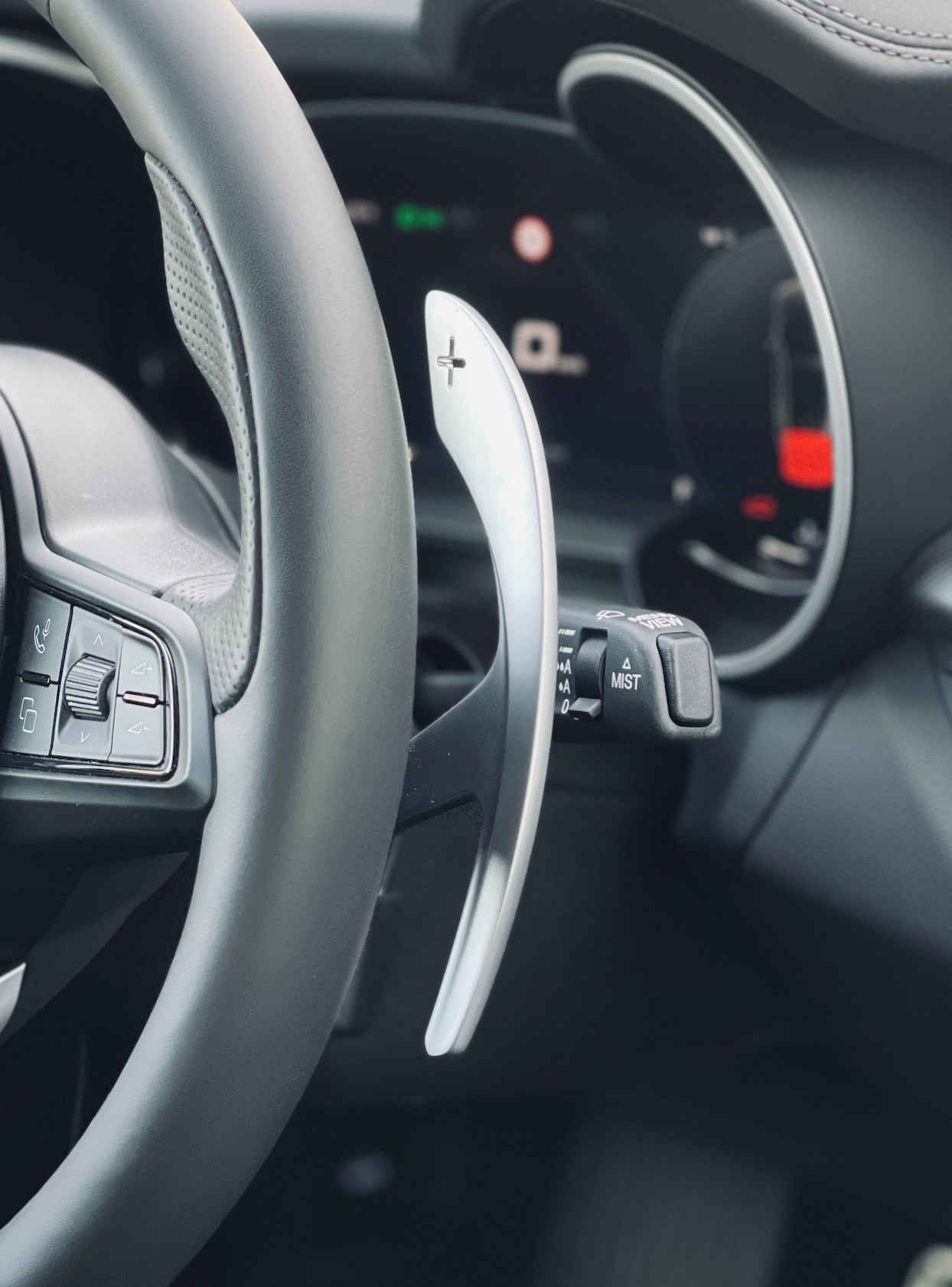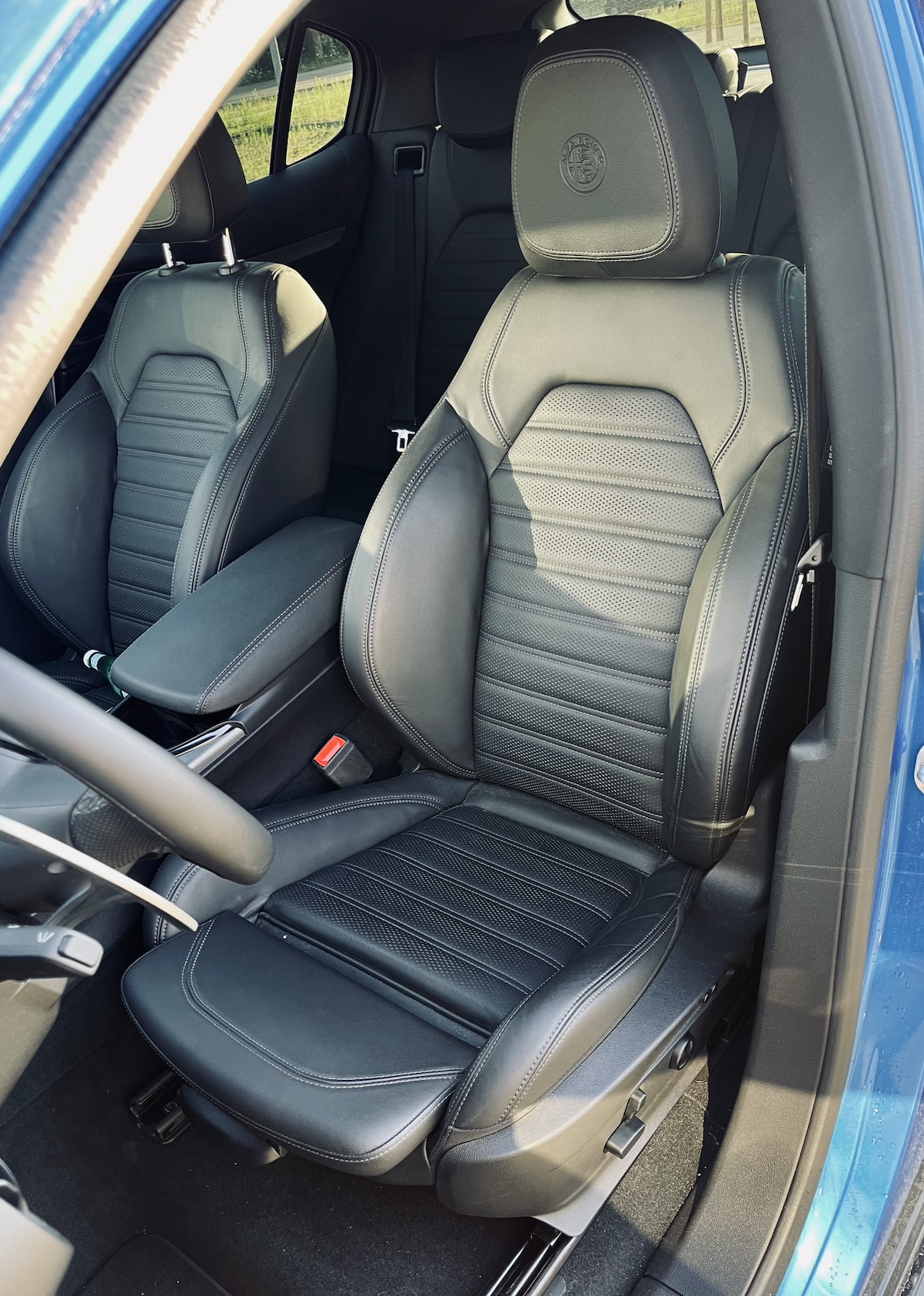Test: Alfa Romeo Stelvio Veloce

The Alfa SUV had intrigued me for a while, but unfortunately, I hadn’t had the pleasure of getting up close to it. When the opportunity arose, I gladly jumped behind the wheel of this Italian beauty to see what it’s really like up close.

From the outside, the car is exceptionally sleek – with massive wheel arches, a wide body, and large wheels that reveal its sporty character. The sharply sloping rear window gives the impression of a large hatchback, adding to the dynamic silhouette, while the large air intakes and massive, rounded bumpers enhance the robust design of the body. Stylistically, it is undoubtedly the most beautiful SUV on the market.
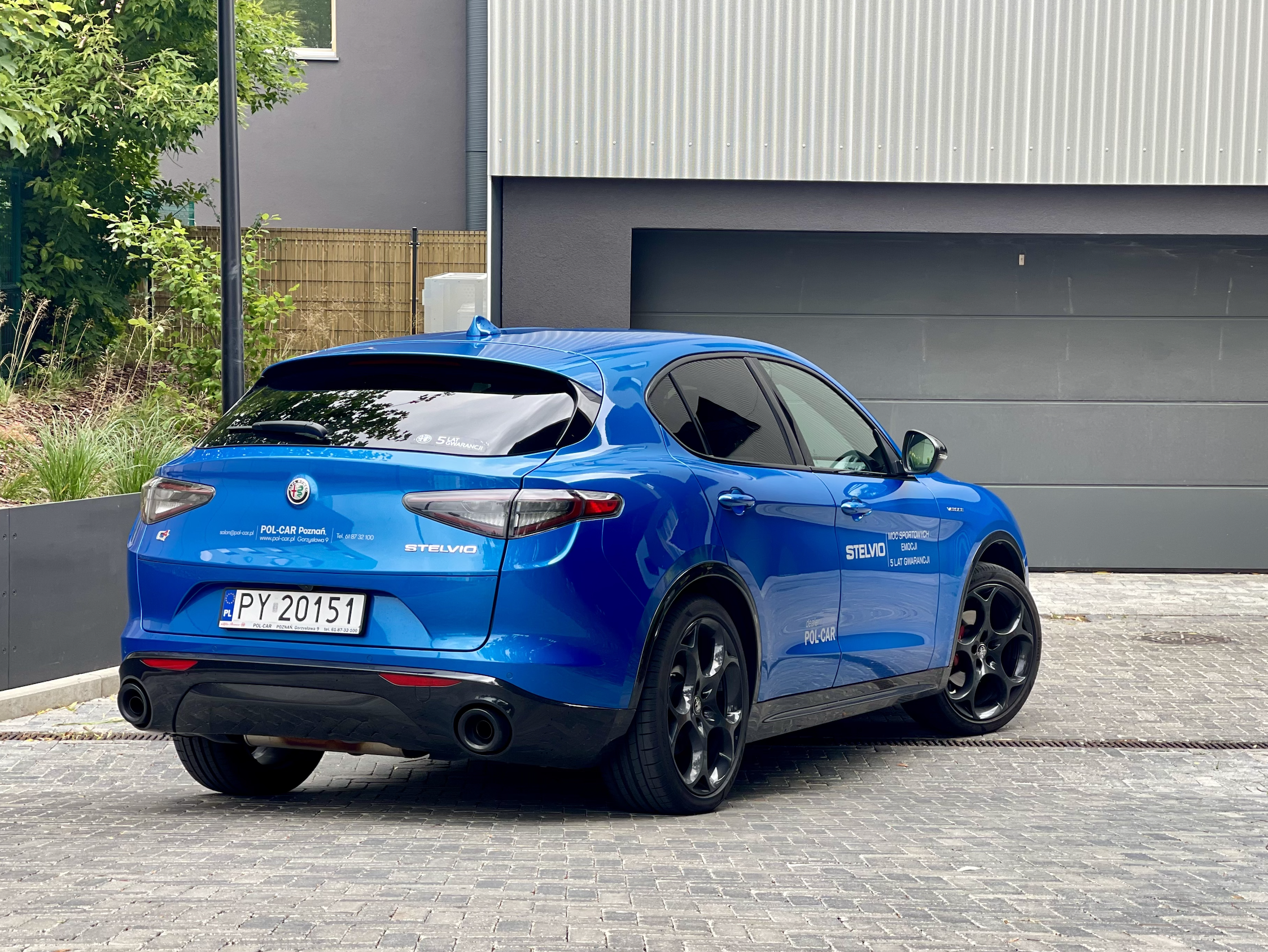
Looking at the technical data, the Stelvio is impressive: 1660 kg in weight, 5.7 seconds to 100 km/h (280 horsepower), and an all-wheel-drive system with a rear-biased setup (just like BMW). Add to that Ferrari engineers involved in developing the platform shared with the Giulia, which gives the car a 50:50 weight distribution, a real mechanical limited-slip differential, and a low center of gravity for an SUV. Sounds promising!

After settling into the driver’s seat, the dashboard presents a fairly classic design. A notable advantage is the built-in display, instead of a 15-inch tablet placed atop, as seen with the competition. Fans of slightly older automotive designs will definitely feel at home here. The driver’s seat offers good support and holds you tightly in corners. Although there are many adjustment options, the "cradle" feature that Alfa removed in the facelifted version is sorely missed, especially for taller drivers. While few in number, there are design elements that nod to Ferrari’s styling. The small, fairly thin steering wheel fits comfortably in the hands and features a starter button integrated into the center of the wheel. Another nod to the driver is the large, solid, and rigid metal paddle shifters — they’re absolutely beautiful! Despite being fixed to the column, they’re always within easy reach and shift with an audible click, which I thoroughly enjoyed using throughout my drive. The interior materials are also worth mentioning, with quality on par with fresh offerings from the premium segment.
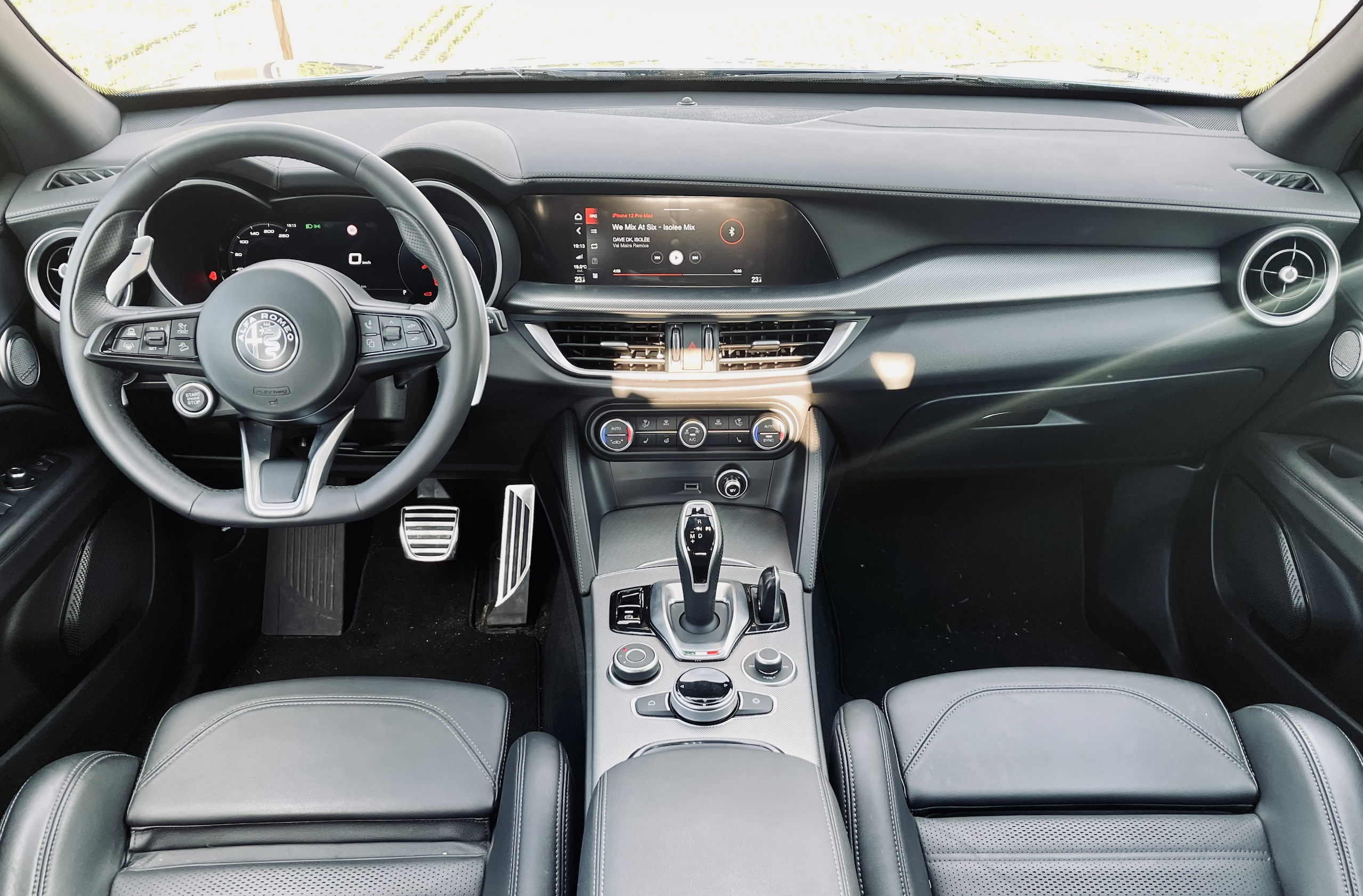
Regarding driving dynamics, I had high expectations, but unfortunately, I was partly disappointed. For an SUV, the Stelvio handles exceptionally well, and it can only be compared to the Porsche Macan. However, if you're considering switching from a station wagon to this vehicle, you need to think carefully. Despite the efforts made, physics cannot be cheated, and the high center of gravity unfortunately makes its presence felt. The body tends to sway, and despite the very "quick" steering system, the direction change happens with a certain heaviness. The driving position is high – even in comparison to the steering wheel, which is placed unusually low. Typical for an SUV, we sit higher than other road users, which increases the field of view.
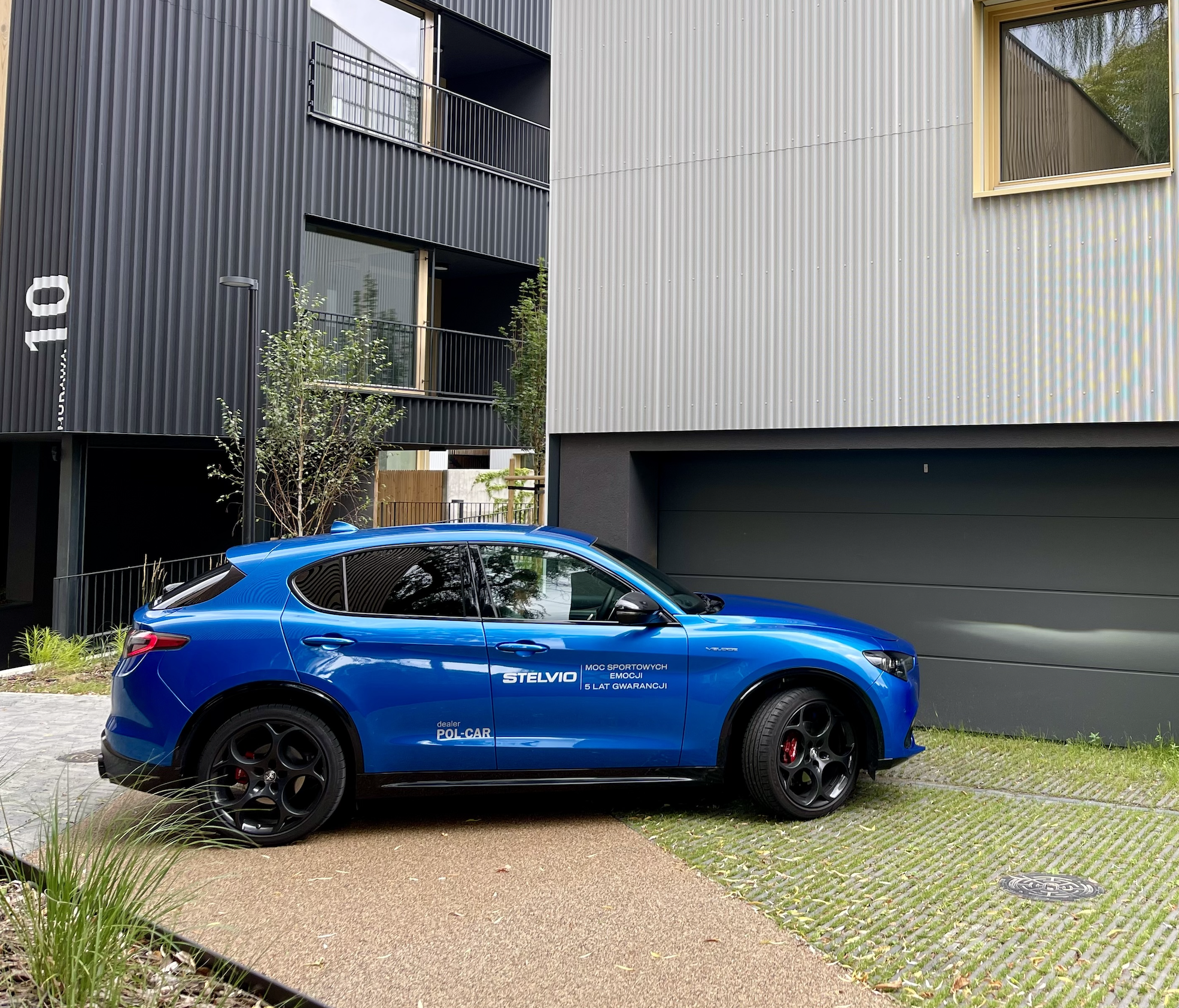
The car comes standard with a mechanical limited-slip differential, which unfortunately should be regarded as a missed opportunity due to one important detail – there is no option to disable traction control. While the 4x4 drivetrain suits a large and tall vehicle (though an RWD version or at least the option to disconnect the front axle would be ideal), when the chassis wants to come alive during driving, for instance, when it’s fun to slide a little on the exit of a corner, the TC system immediately steps in and harshly intervenes, preventing more refined engagement in the driving dynamics. It's a bit like Netflix cutting off crucial scenes in a movie. What a shame!
The engine is correctly tuned, delivering substantial torque in the lower revs and consistently supplying power up to a not-so-high limiter at 5,500 rpm. While the 280 hp is quite adequate for Stelvio’s weight, the engine unfortunately lacks character – it’s a typical fuel-thirsty 2.0-liter four-cylinder, devoid of an interesting sound or personality.
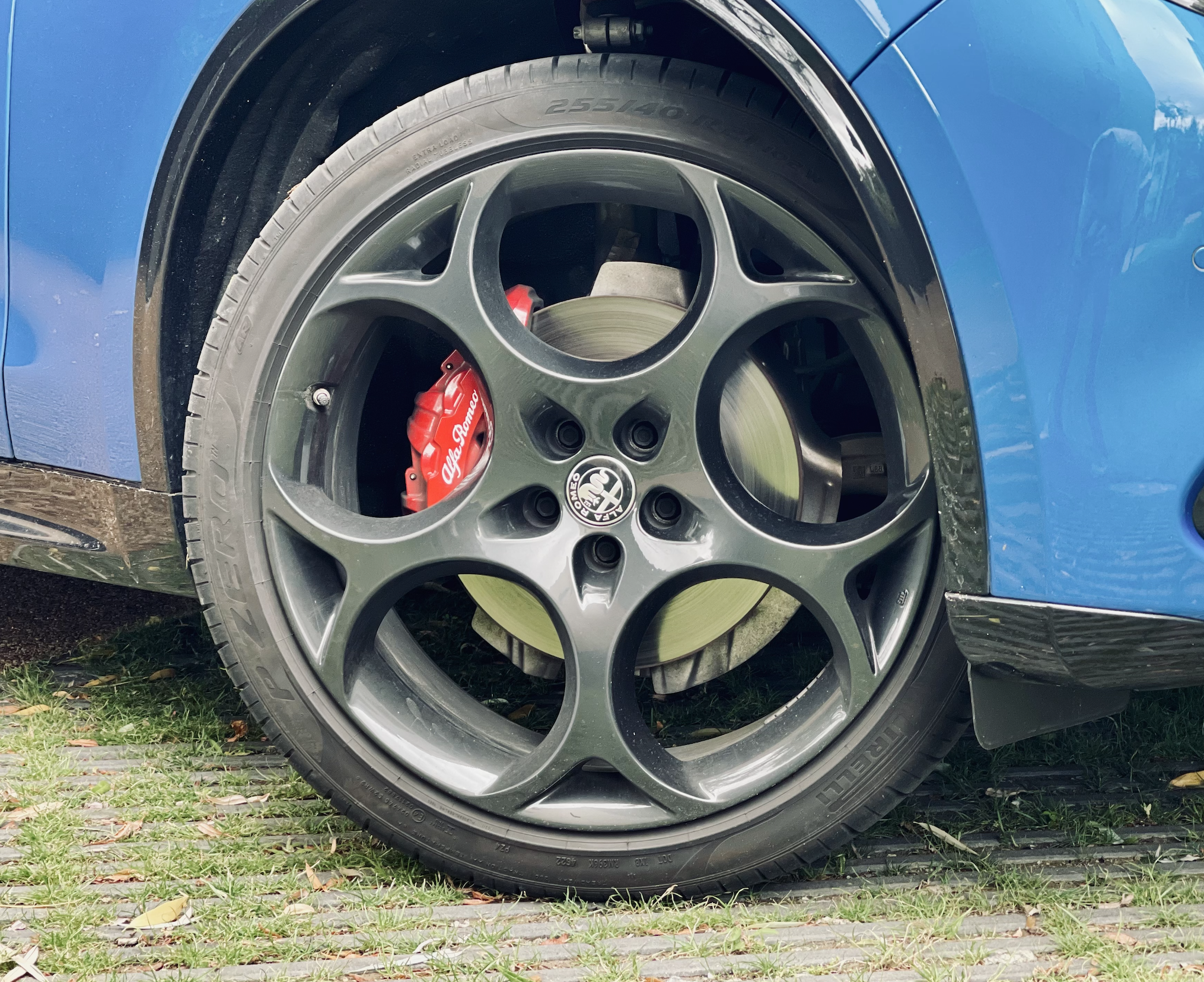
During the drive, I came to the conclusion that if the Stelvio were a low Giulia wagon instead of being inflated to SUV size, it would be a real game-changer. If you enjoy being engaged in the driving experience, it's better to go for a low wagon from the used car market.
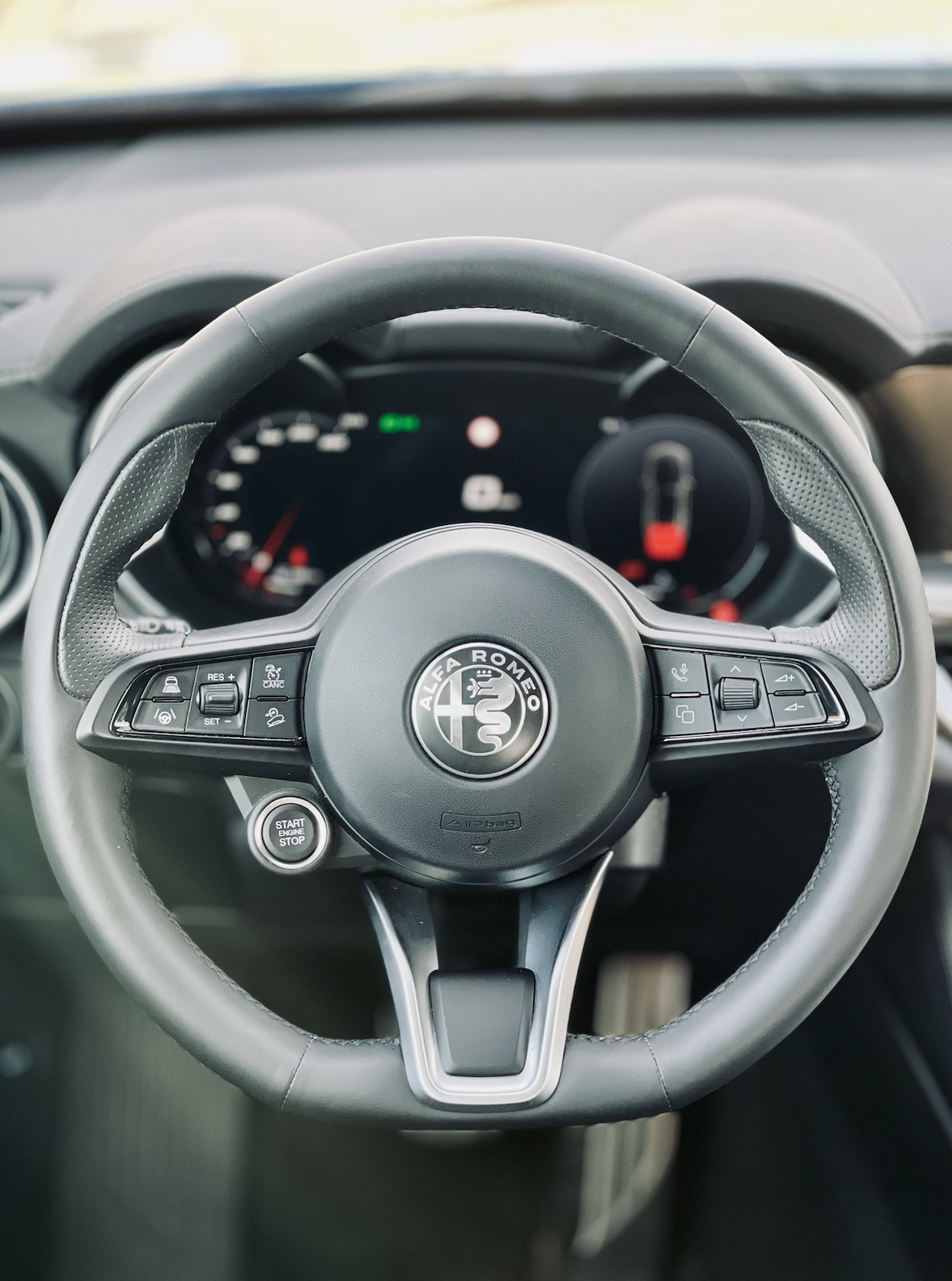
So, who would I recommend the beautiful Stelvio to? To a person with a strong aesthetic sense, looking for a slightly firmer suspension setup in an SUV, but not to a driving enthusiast with specific expectations regarding car control.
